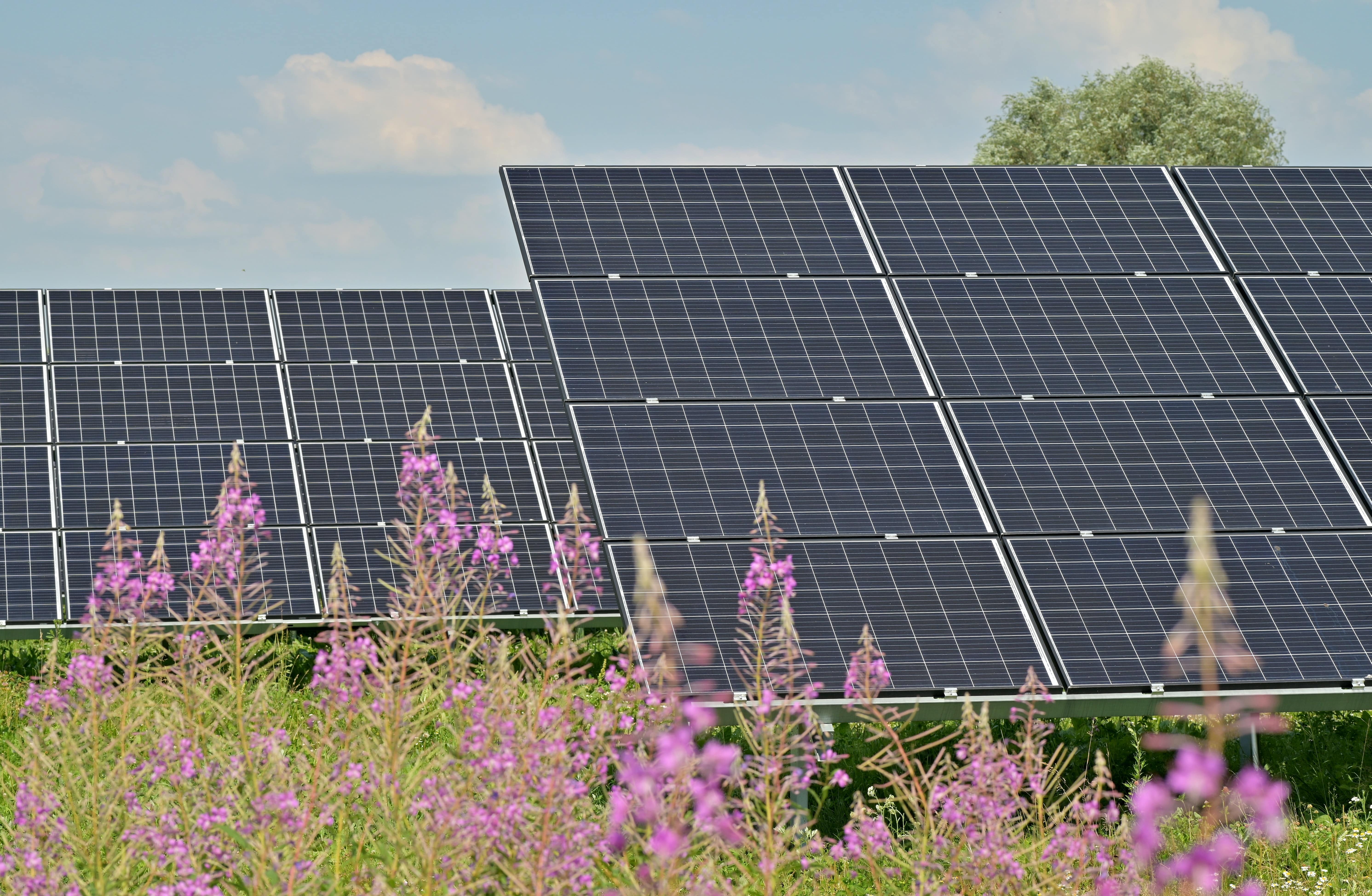This article by Andrew Blakers appeared in The Conversation today.
Andrew Blakers, Australian National University
Across the world, solar photovoltaics (PV) and wind are the dominant clean energy technologies. This dominance is likely to become overwhelming over the next few years, preventing other clean energy technologies (including carbon capture and storage, nuclear and other renewables) from growing much.
As the graph below shows, PV and wind constitute half of new generation capacity installed worldwide, with fossil, nuclear, hydro and all other renewable energy sources making up the other half. In Australia this dominance is even clearer, with PV and wind constituting virtually all new generation capacity.
Moreover, this trend is set to continue. Wind and PV installation rates grew by 19% in 2015 worldwide, while rates for other technologies were static or declined.
PV and wind dominate because they have already achieved commercial scale, are cheap (and set to get cheaper), and are not constrained by fuel availability, environmental considerations, construction materials, water supply, or security issues.
In fact, PV and wind now have such a large head start that no other low-emission generation technology has a reasonable prospect of catching them. Conventional hydro power cannot keep pace because each country will sooner or later run out of rivers to dam, and biomass availability is severely limited.
Heroic growth rates would be required for nuclear, carbon capture and storage, concentrating solar thermal, ocean energy and geothermal to span the 20- to 200-fold difference in annual installation scale to catch wind and PV – which are themselves growing rapidly.
Both wind and PV access massive economies of scale. Their ability to saturate national electricity markets around the world severely constrains other low-emission technologies. Some of the other technologies may become significant in some regions, but these will essentially be niche markets, such as geothermal in Iceland, or hydro power in Tasmania.
Around 80% of the energy sector could be electrified in the next two decades, including electrification of land transport (vehicles and public transport) and electric heat pumps for heat production. This will further increase opportunities for PV and wind, and allows for the elimination of two-thirds of greenhouse gas emissions (based upon sectoral breakdown of national emissions data).
Storage and integration#
What about the oft-cited problems with the variable nature of photovoltaics and wind energy? Fortunately, there is range of solutions that can help them achieve high levels of grid penetration.
While individual PV and wind generators can have very variable outputs, the combined output of thousands of generators is in fact quite predictable when coupled with good weather forecasting and smoothed out over a wide area.
What’s more, PV and wind often produce power under different weather conditions – storms favour wind, whereas calm conditions are often sunny. Rapid improvements in high-voltage DC transmission allows large amounts of power to be transmitted cheaply and efficiently over thousands of kilometres, meaning that the impact of local weather is less important.
Another option is “load management”, in which power demands for things like domestic and commercial water heating, and household and electric car battery charging, are moved from night time to day to coincide with availability of sun and wind. Existing hydro and gas or biogas generators, operated for just a small fraction of the year, can also help.
Finally, mass power storage is already available in the form of pumped hydro energy storage (PHES), in which surplus energy is used to pump water uphill to a storage reservoir, which is then released through a turbine to recover around 80% of the stored energy later on. This technology constitutes 99% of electricity storage worldwide and is overwhelmingly dominant in terms of new storage capacity installed each year (3.4 Gigawatts in 2015).
Australia already has several PHES facilities, such as Wivenhoe near Brisbane and Tumut 3 in the Snowy Mountains. All of these are at least 30 years old, but more can be built to accommodate the storage needs of new wind and PV capacity. Modelling underway at the Australian National University shows that reservoirs containing enough water for only 3-8 hours of grid operation is sufficient to stabilise a grid with about 90% PV and wind – mostly to shift daytime solar power for use at night.
This would require only a few hundred hectares of reservoirs for the Australian grid, and could be accomplished by building a series of “off-river” pumped hydro storages. Unlike conventional “on-river” hydro power, off-river PHES requires pairs of hectare-scale reservoirs, rather like oversized farm dams, located in steep, hilly, farm country, separated by an altitude difference of 200-1000 metres, and joined by a pipe containing a pump and turbine.
One example is the proposed Kidston project in an old gold mine in north Queensland. In these systems water goes around a closed loop, they consume very little water (evaporation minus rainfall), and have a much smaller environmental impact than river-based systems.
How renewables can dominate Australian energy#
In Australia, if wind and PV continue at the installation rate required to reach the 2020 renewable energy target (about 1 GW per year each), we would hit 50% renewable electricity by 2030. This rises to 80% if the installation rates double to 2 GW per year each under a more ambitious renewable energy target – the barriers to which are probably more political than technological.
PV and wind will be overwhelmingly dominant in the renewable energy transition because there isn’t time for another low-emission technology to catch them before they saturate the market.
Wind, PV, PHES, HVDC and heat pumps are proven renewable energy solutions in large-scale deployment (100-1,000 GW installed worldwide for each). These technologies can drive rapid and deep cuts to the energy sector’s greenhouse emissions without any heroic assumptions.
Apart from a modest contribution from existing hydroelectricity, other low-emission technologies are unlikely to make significant contributions in the foreseeable future.
Andrew Blakers, Professor of Engineering, Australian National University
This article was originally published on The Conversation. Read the original article.

